What Is a Purchase Ledger Account?
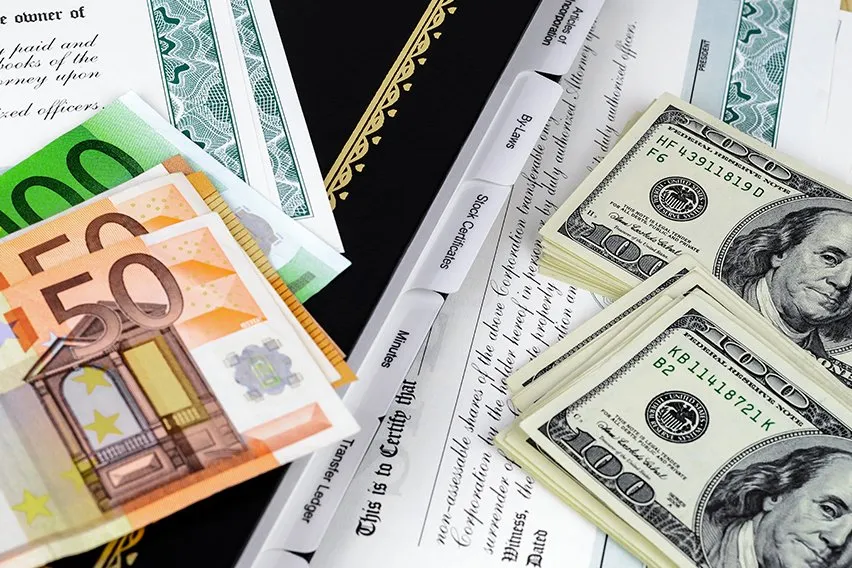
The accounting processes that you have in place for your business are incredibly important. They’re in place to help you with things like financial statements, your balance sheet and purchase transactions, to name a few. And the smallest error or mistake can have huge consequences.
You also want to make sure you keep track of and record all your business purchases. But, if you’re just starting your business and don’t have much of a financial background, where do you start? How do you know what to do when it comes to recording your sales and purchases?
Here is everything you need to know about a purchase ledger account.
Here’s What We’ll Cover:
What Is a Purchase Ledger Account?
Why Are Bookkeeping and Accounting Processes Important?
What Is a Purchase Ledger Account?
Simply put, a purchase ledger is a breakdown of all the purchase invoices you have received from suppliers. It will also indicate whether or not the invoices have been paid yet. Before accounting software came onto the scene, there would be a purchase ledger clerk that would organize everything.
They would write up the purchase invoices and any payments in a thick leather-bound book. The total amount of invoices that get included within the purchase ledger that haven’t been paid are important for trade creditors.
Typically, the purchase ledger gets represented in your annual accounts or on your balance sheet as accounts payable. It’s a record of all the purchases and expenses that you have made in your business. Regardless if they have been paid or not.
Within the purchase ledger, every supplier will have their own account, which can get known as a Supplier Account. It includes all the transactions for that specific supplier. And it will include purchase invoices, purchase credit notes and any payments made.
As with most accounting processes for accounts and ledgers, any transactions get recorded in Debits and Credits. And to help make your accounting records complete, the purchase ledger needs to get represented in your general ledger. This is the case even though they’re separate ledgers.

What Is a Sales Ledger?
It can get confusing trying to understand all the different accounting processes and terms. So it’s understandable that a purchase ledger and a sales ledger can get mixed up.
A sales ledger includes an account for each customer, the same as a purchase ledger. However, it records the money you receive for products and services you sell and what’s still owed. This then gets included in your annual accounts and on your balance sheet as accounts receivable.
Why Are Bookkeeping and Accounting Processes Important?
It’s critical for your business to have a system in place that records all sales and purchases. Not only will it make information accessible on a regular basis, but you can monitor and control performance and cash flow. Without efficient bookkeeping processes, creating and updating management accounts would be time-consuming.
It also would lead to more opportunities for mistakes and errors to get made. If you’re a start-up or an entrepreneur, it might seem as though recording these details is a basic process. You record all your transactions, let HMRC know what you have been trading and pay national insurance and taxes.
Simple, right? Not so fast.
There is a lot to know and consider when it comes to accounting for your business. You need to know certain allowable business expenses and understand what is tax-deductible. And this is on top of all the different accounts you will have.

Key Takeaways
Your purchase ledger is going to have an account for each supplier or vendor that you work with. Within these accounts, you’re going to record any and all transactions. These will include purchase invoices, purchase credit notes and any payments that have been made.
By recording those three transactions, you can get an immediate calculation of how much you still owe. Using accounting software can help you allocate the right amount of money for the invoice. And if business trading is going well, then several supplier accounts will carry a balance that you still owe at any given time.
Each transaction gets recorded and your purchase ledger needs to get represented in your general ledger. And this is the case even though they are two different ledgers. A purchase ledger is basically a breakdown of all the purchase invoices you have received and whether or not they have been paid.
Did you enjoy reading this guide? Head on over to our resource hub for more great content!
RELATED ARTICLES

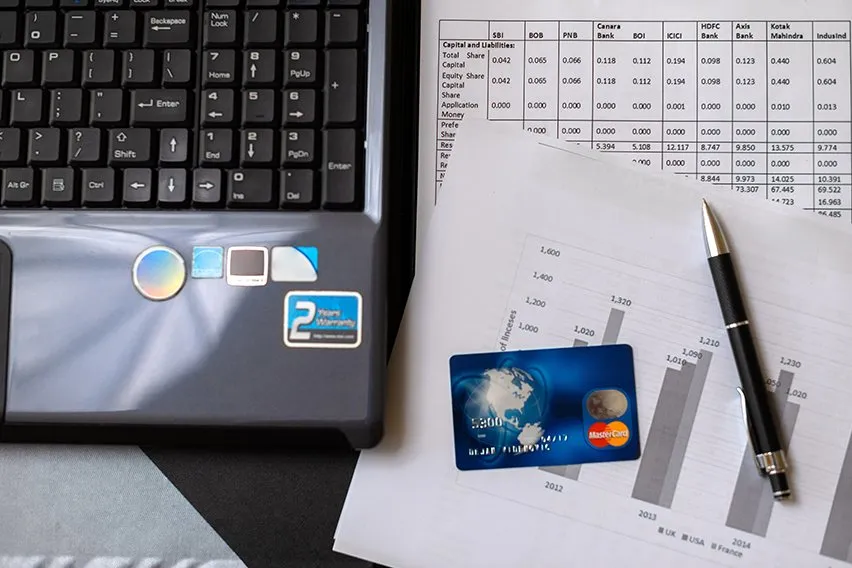 5 Best Merchant Account Providers in The UK
5 Best Merchant Account Providers in The UK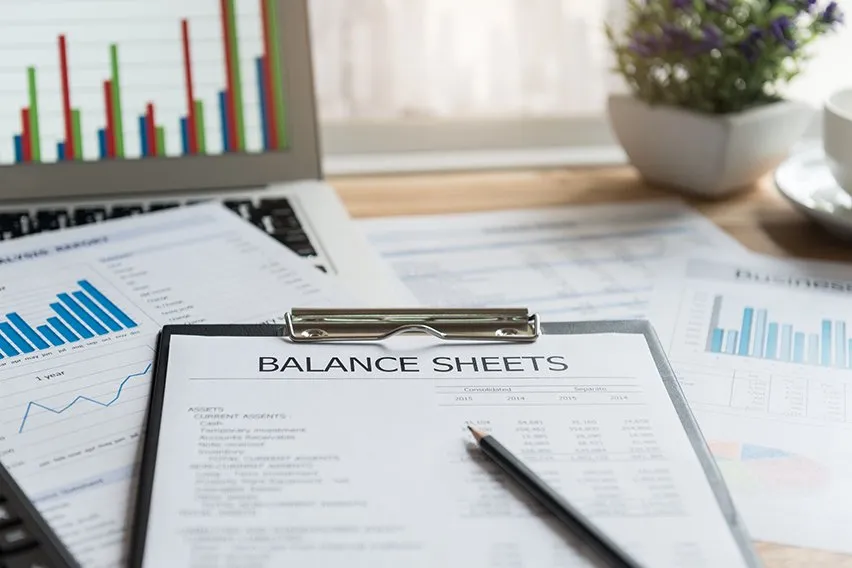 A Guide to Filing a Micro-Entity Balance Sheet
A Guide to Filing a Micro-Entity Balance Sheet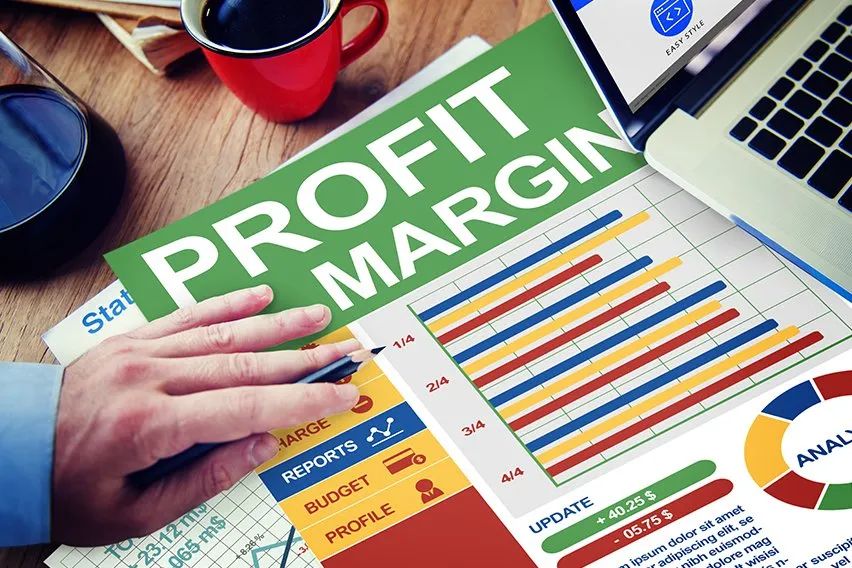 How to Calculate Profit Margin: A Small Business Guide
How to Calculate Profit Margin: A Small Business Guide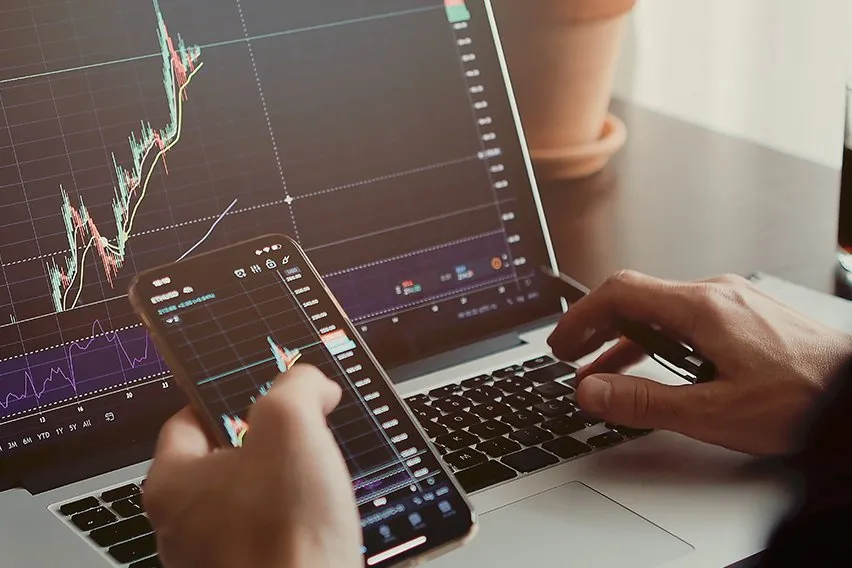 What Is the Profitability Index? Definition & Calculation
What Is the Profitability Index? Definition & Calculation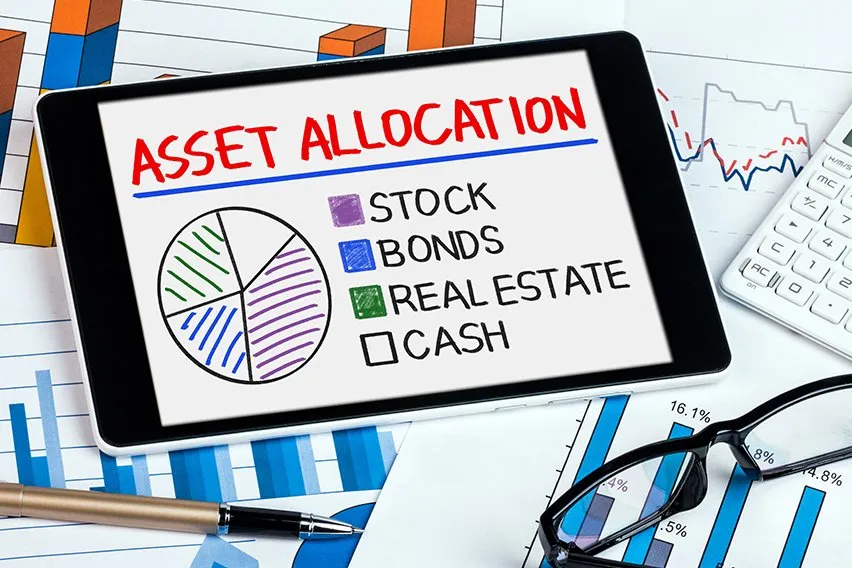 What Is an Asset? Definition & Types
What Is an Asset? Definition & Types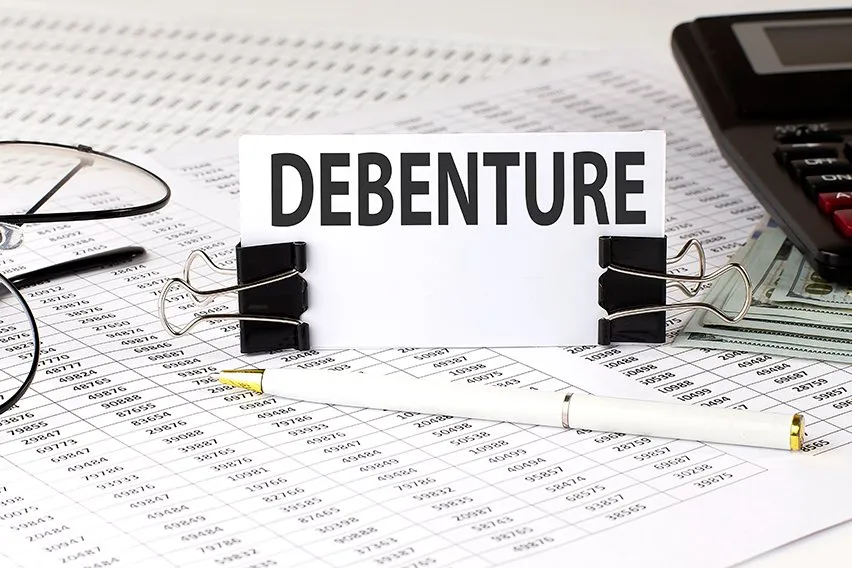 What Is a Debenture? Definition & Purpose
What Is a Debenture? Definition & Purpose